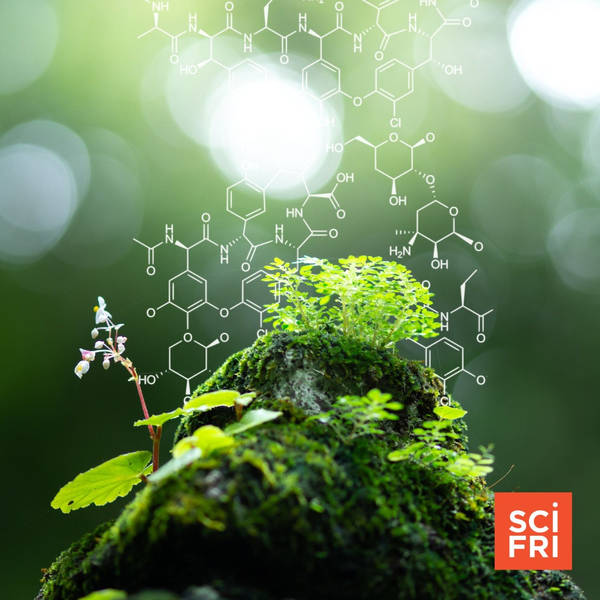
How Five Elements Define Life On Earth
Over 99% of a human cell is made up of just five elements: carbon, hydrogen, oxygen, nitrogen, and phosphorus. That same elemental mix exists, with minor variations, in every other living thing on Earth.
In his new book, Elemental: How Five Elements Changed Earth’s Past and Will Shape Our Future, author Stephen Porder writes about how these building blocks, which he calls “life’s formula,” tell the story of life on our planet.
It’s a story of adaptation, and also catastrophic change—from the time cyanobacteria started flooding the atmosphere with oxygen, to when a boom in land plants sucked enough carbon dioxide out of the atmosphere to spark a period of extreme cooling and global glaciation.
Ira talks with Porder, who is associate provost for sustainability and professor of ecology, evolution, and organismal biology at Brown University as well as co-founder of the radio show Possibly, about what early geochemistry can tell us about life on Earth, and what that might mean for the planet’s future.
To stay updated on all things science, sign up for Science Friday's newsletters. Transcripts for each segment will be available the week after the show airs on sciencefriday.com.
Subscribe to this podcast. Plus, to stay updated on all things science, sign up for Science Friday's newsletters.
